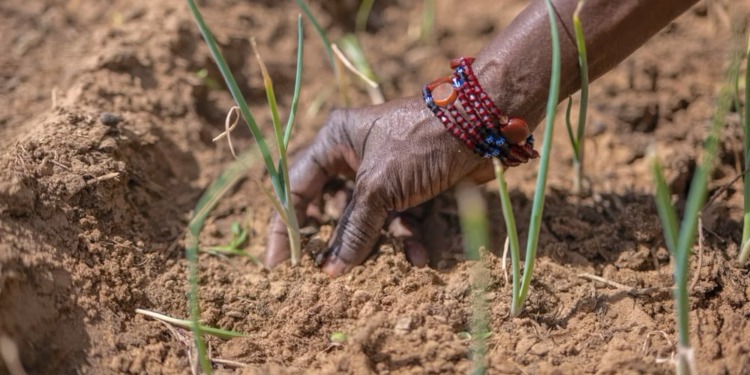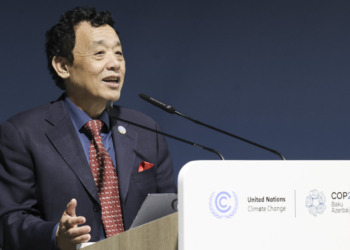This article about the impact of climate change on agriculture was shared with us by Heifer International, a global nonprofit working to eradicate poverty and hunger through sustainable, values-based holistic community development. The original version can be found here.
Climate change is an ever-present reality. Everyone on the planet feels the effects, but especially people in low-income countries and those who depend on specific climate conditions and natural resources to survive: the world’s smallholder farmers.
Farmers are already experiencing the effects of climate change, as extreme weather and less-predictable seasons transform pastures and croplands around the world. Climate change affects agriculture and those who rely on it by weakening environmental health, undermining production, wiping out crops, killing off livestock, making it more difficult to earn a living, and extending the amount of time families must go without food.
Ensuring farming households have the tools they need to protect their livelihoods – and the environment – is key to our work at Heifer International.
Read on to learn more about how climate change affects agriculture and how Heifer’s “Caring for the Earth” approach to program development supports farmers in adapting to and mitigating the threats of the growing climate crisis.
The Link Between Climate Change and Agriculture
Climate change and agriculture are intimately linked by deviations in weather patterns and temperatures. The world is warming faster than ever before, with a direct impact on agricultural production and the people who make their living from it.
The last two decades saw the hottest temperatures since the 1800s, with the 10 warmest years in recorded history. Temperatures have risen by 1.1 degrees Celsius above pre-industrial levels as a result of global emissions.
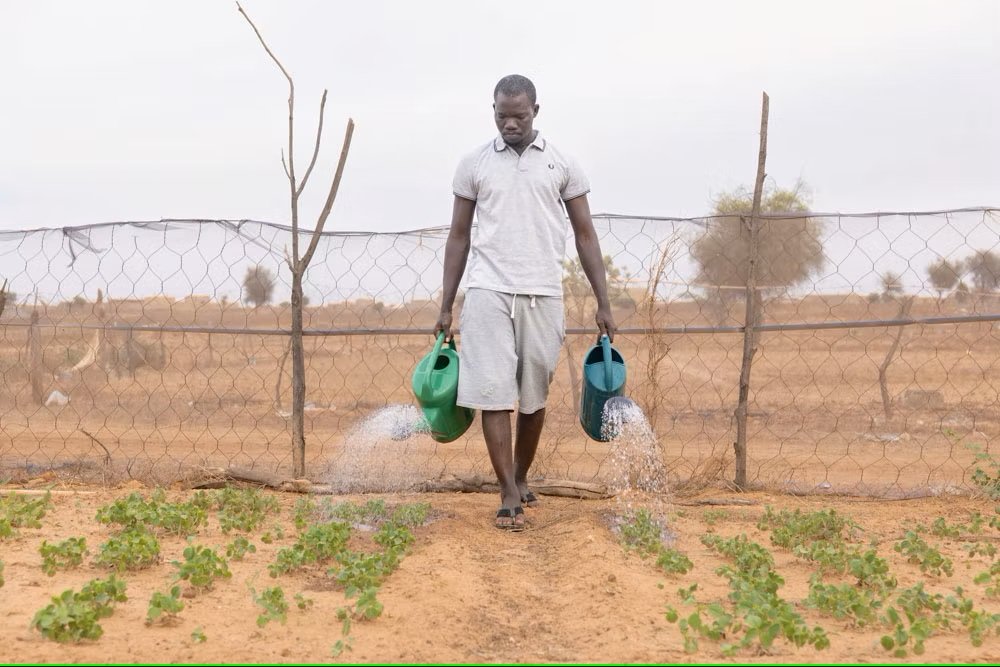
Fossil fuels are the biggest contributor to climate change, responsible for over three-quarters of all global emissions. Burning oil, coal, and gas releases large quantities of carbon dioxide, methane, nitrous oxide, and other greenhouse gases. When these gases are emitted into the atmosphere, they trap heat close to the Earth’s surface, a consequence known as the greenhouse effect. Too many greenhouse gases result in global warming that causes climate change, which can also be thought of as shifts in Earth’s weather patterns over time.
In the past few decades, the world has seen and felt the consequences, with smallholder farmers — those who rear livestock or raise crops on a limited scale, on up to 10 hectares, or 25 acres, of land — on the front lines of this change.
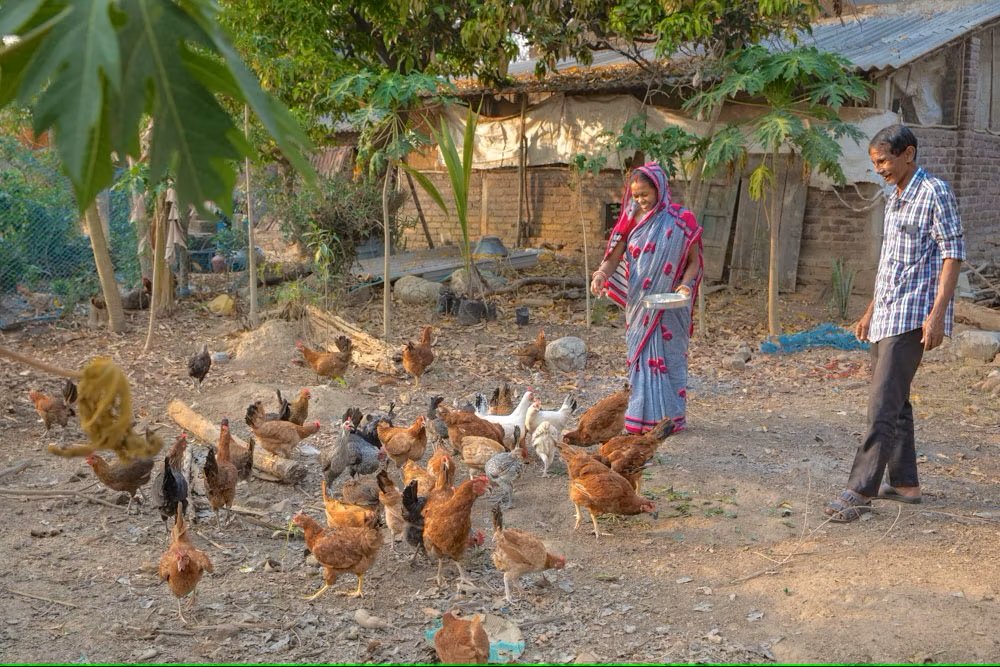
Farmers need healthy land and reliable weather patterns to maintain their livelihoods. But climate change is causing temperatures to rise and growing seasons to shift. There are more intense periods of rainfall, often followed by flooding, and longer dry spells, leading to prolonged drought. Natural disasters are becoming more frequent and severe. Ice caps are melting and sea level rise is accelerating, jeopardizing coastal habitats and fishing communities and leading to even more dangerous hurricanes and typhoons.
Agriculture itself, while necessary to feed the world’s growing population, has its own environmental impact and is also responsible for a share of the greenhouse gas emissions contributing to climate change. However, people in lesser developed countries, where many smallholder farmers earn their living, have historically contributed the least to climate change yet are immensely affected by its impacts.
In short, the effect of climate change on agriculture is enormous – with outsize consequences for small-scale farmers.
How Climate Change Affects Agriculture
Extreme weather and shifting seasons are a direct threat to farmers’ livelihoods and well-being in multiple ways.
Heightened Food Insecurity
As dry seasons get longer and water becomes scarcer, farmers aren’t able to grow or raise the food they rely on to earn an income and feed their families. In the Horn of Africa, for example, farmers have experienced five failed rainy seasons in a row, and over 80 million people in the region are estimated to be food insecure as a result of climate change.
Meanwhile, rising temperatures can also lead to spoilage and contamination, compromising the quality of goods. As disruptions to food production increase, the 1 in 3 people who already don’t have enough to eat will suffer the most.
Related Articles: Almost Half the World’s Population Lives in Households Linked to Agrifood Systems | How to Make Agriculture Carbon-neutral: Lessons from Denmark | Informed Farmers Are Successful Farmers | Why does sustainable agriculture remain a challenge?
Land Degradation and Water Scarcity
Changes in rainfall patterns, deforestation, and overgrazing have detrimental and often irreparable effects on agriculture. Farmers are struggling to keep their animals healthy in drier, more extreme conditions. Lack of water and warmer temperatures make it harder for crops to grow, and soil is drying to dust. The land is gradually becoming less productive and more vulnerable to future shocks like drought, and competition and conflict over resources are increasing as farmers fight for arable land and access to clean water.
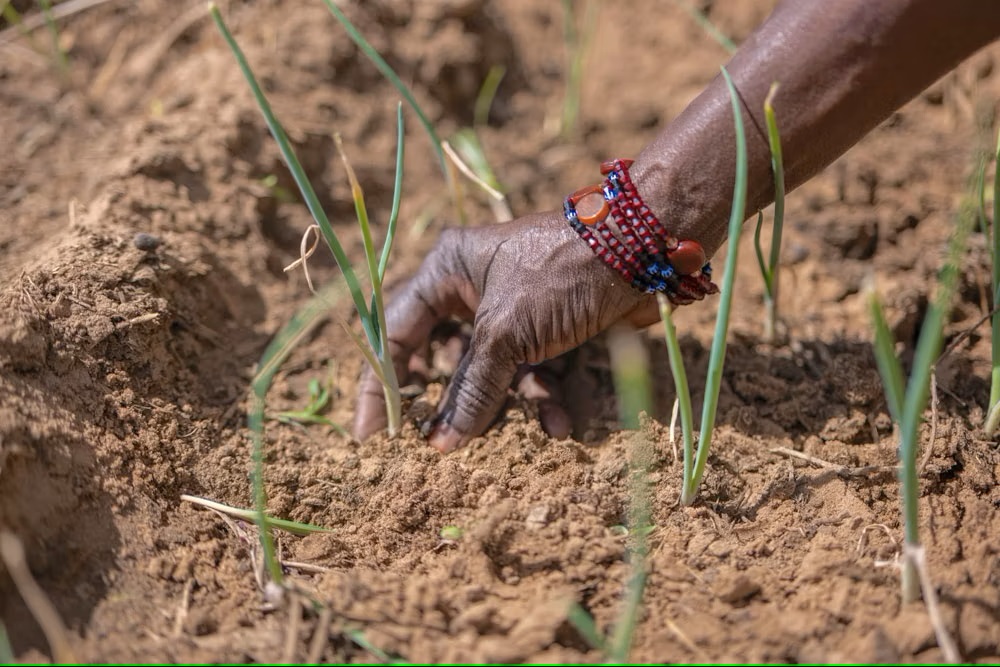
Reduced Yield
Farmers are reporting record-breaking losses. It’s predicted global food yields could decline by as much as 30% by 2050 if farmers aren’t able to adapt to the effects of climate change. These disruptions are not just a challenge for farmers – climate change affects the entire agriculture sector, leading to higher food prices and decreased availability of food worldwide.
Increased Poverty
Climate change has a direct impact on farmers’ livelihoods: When crops and livestock are lost, so is income. Farmers in the world’s most vulnerable regions often already live at the edge of poverty, and the risk is growing as climate change accelerates. It’s estimated that 43 million people in Africa alone could be pushed into poverty by 2030 as crop yields continue to decline.
Migration and Displacement
Climate change also affects agriculture by destroying farms or making environmental conditions so challenging that farming is no longer an option. Every year, a growing number of farming families are forced to leave their farms and fields in search of new work. In 2021, extreme weather uprooted more than 23 million people globally.
Additionally, in the world’s most vulnerable countries, conflict and competition over natural resources are increasing as climate change intensifies. When conflict breaks out, damage and destruction break up communities, drive farmers from their homes, and increase the likelihood of unemployment.
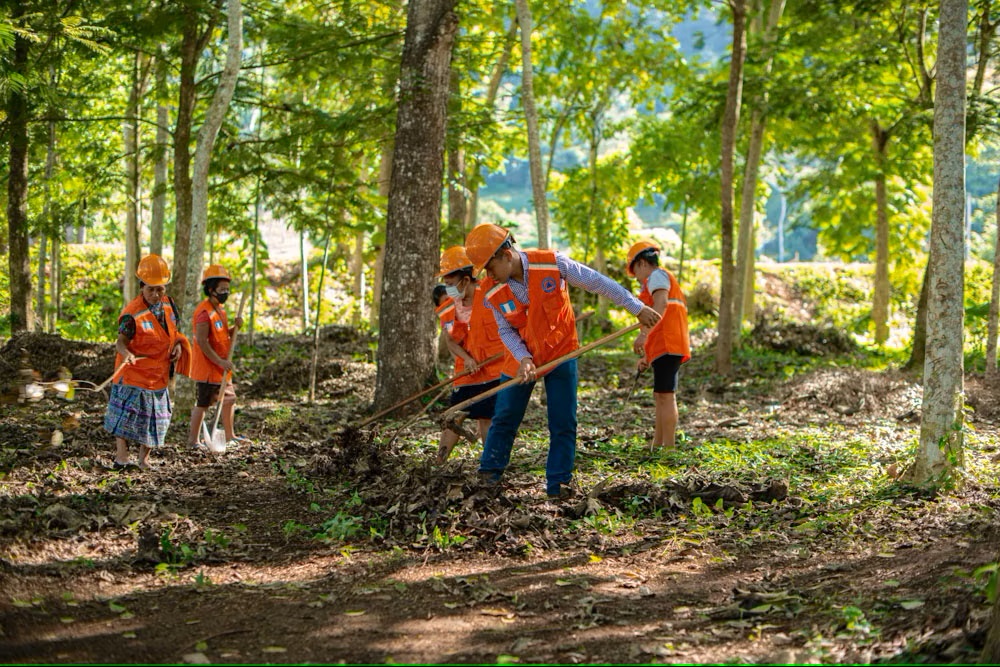
The Future of Climate Change and Agriculture
According to the Intergovernmental Panel on Climate Change, global warming must be limited to 1.5 degrees Celsius to avoid catastrophic-level drought, crop failures, and other impacts on human, animal, and planetary health — but new research predicts the world will reach this threshold within the next 12 years without an immediate and significant reduction in greenhouse gas emissions. By the end of the century, climate scientists warn the planet could warm by more than 4 degrees Celsius and sea levels could rise by more than a meter.
Even the rise of 1.5 degrees Celsius is not considered safe, but every additional tenth of a degree of warming can make a difference in human and animal health — and for farmers’ ability to continue producing sufficient food.
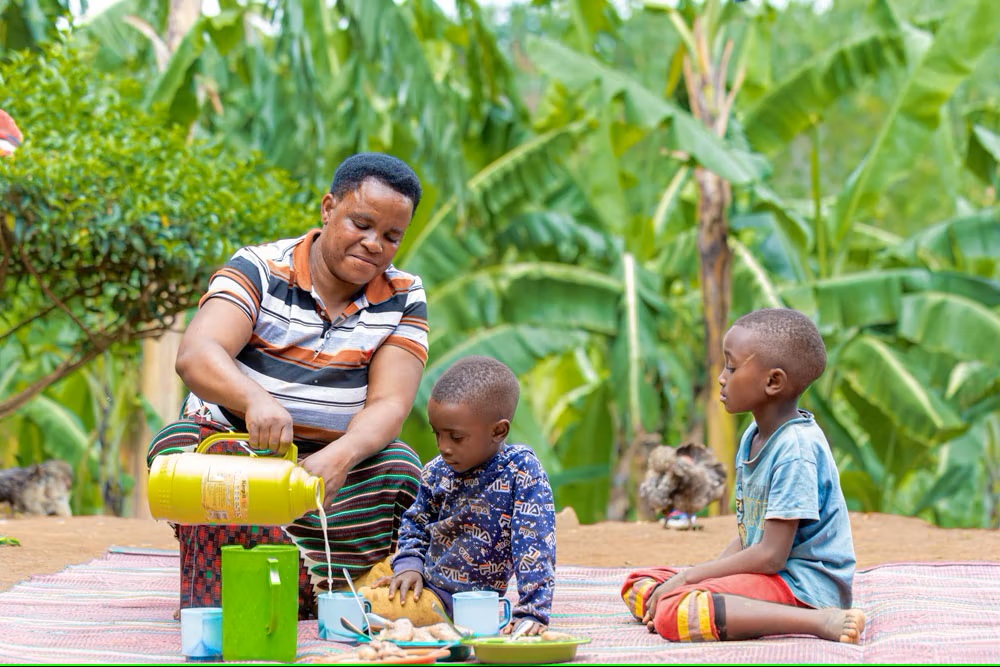
While heat intensifies and climate change accelerates, smallholder farming families will face even greater obstacles and challenging working conditions. It will mean scarcer natural resources, a higher chance of crop failure and livestock loss, a greater threat of food insecurity, and millions of lives and livelihoods at risk. The stakes are higher than ever before, making it imperative we address the climate crisis and implement climate-smart solutions.
Reducing How Climate Change Affects Agriculture
As the world confronts the triple challenge of needing to produce more healthy food, with less ecological impact, in an increasingly difficult growing environment, engaging farmers is our first line of defense. With the right tools and training, farmers can earn a sustainable living income in agriculture — and be at the forefront of protecting our planet.
Heifer is using the Caring for the Earth lens across our global programs, looking at how we can increase the stability of the communities we work with, the farmlands that support them and their livestock — actively analyzing how we can improve the resilience of these essential systems given the urgency and need.
We are integrating climate-smart practices, taking time to understand smallholder farmers’ unique challenges, and helping them adopt new methods and technologies that build resilience and protect precious natural resources, like soil and water.
Our Caring for the Earth programmatic approach enables farmers to remain on their land, adapt to climate threats and increase their productivity and income, at the same time promoting regenerative land management practices that mitigate the effects of climate change. Alongside local farmers and their communities, we work to restore soil nutrients, retain needed moisture in fields and devise strategies to minimize waste, and keep soil, rivers, and lakes uncontaminated.
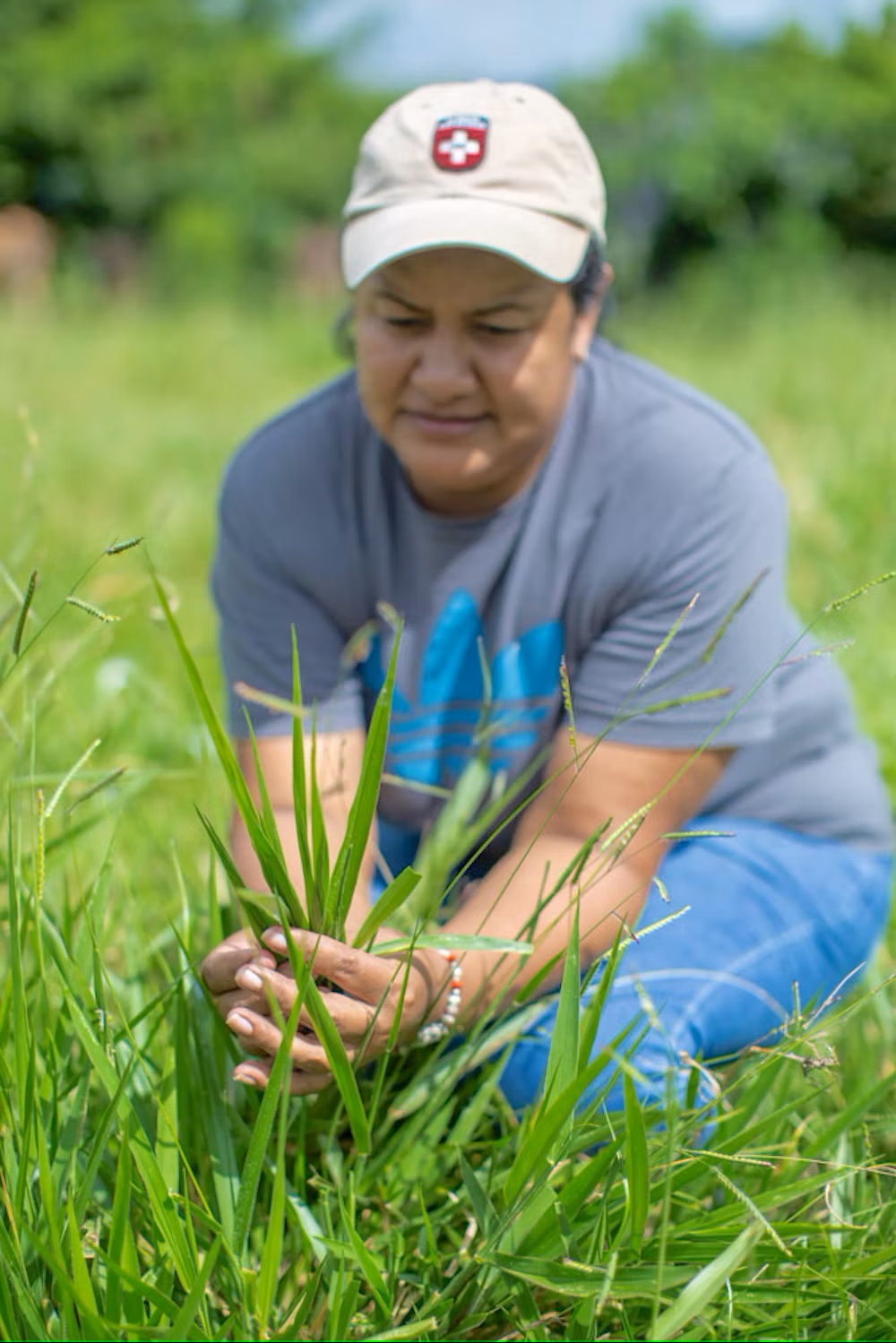
Additionally, we help livestock farmers manage the size of their flocks and herds. By improving breed quality and raising healthier animals, farmers are able to reduce the strain on vital local resources and protect their land for future generations, while earning better prices for their animals and outputs.
We also know there is much more to be done to address the challenges related to climate change and agriculture, and we are striving to find more innovative solutions and new ways to partner with farmers to build resilience and regenerate a healthy planet for all.
Together, we’re working toward a sustainable future, helping smallholder farmers build income-generating farms while protecting and restoring the environment and ensuring long-term, resilient food production for the world.
Editor’s Note: The opinions expressed here by the authors are their own, not those of Impakter.com — In the Featured Photo: Ismaila Gning waters his crops by hand in northern Senegal, where frequent drought conditions have made farming less reliable. Featured Photo Credit: Sylvain Cherkaoui/Heifer International.


